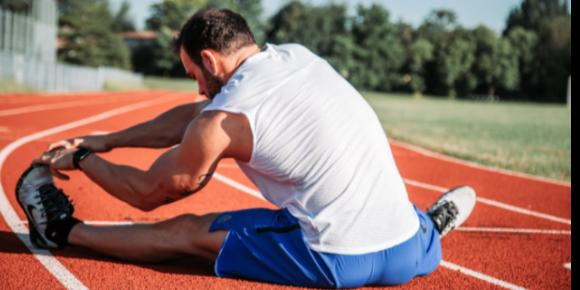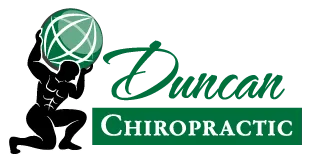
Stretching, something often overlooked and underrated, is a vital part of not only a training regimen but also in the recovery of one. Not only does it help increase overall flexibility, forgetting to stretch can lead to decreased performance and also injury. But contrary to what many people think, there are different types of stretching that go beyond just holding your body in a position for an extended period of time.
Active stretching, passive stretching, dynamic stretching and proprioceptive neuromuscular facilitation (PNF) stretching are all different types of stretching with different benefits. This blog will talk about each type and the benefits that come along with it.
Passive Stretching
Passive stretching is the typical stretching most people think of where your muscle is quite literally being stretched with the use of an external force while in a static (non-moving) position for 10-30 seconds or more. Hold a stretch by touching your toes, or standing on one leg while you hold your other leg in a bent position so the heel is touching your glute muscle are both passive stretches.
Passive stretching is a great way to improve balance, flexibility and is also good to use as a cooldown after an exercise because the muscle is warmed up and is less likely to become injured during a prolonged stretch. Before bed is also a good time for passive stretches. The one thing to be aware of with passive stretching is the concern of overstretching to the point of increased weakness.
Active Stretching
Active stretching, sometimes confused with dynamic stretching, is when no external force is being applied and instead you are actively moving one muscle group to stretch another. Therefore, the person holds a pose while utilizing the muscles within the group of muscles being targeted so that one is being lengthened and one is being contracted. For example, an active stretch of the calf could be alternating between pointing your toes upwards and downwards with slow, purposeful movement.
Active stretches are good for warming up before an exercise because it prepares the nervous system for activity. In addition, this stretching helps increase the flow of blood and therefore nutrition to the muscles. Another benefit of active stretching is it typically carries fewer risks than passive stretching since there is less chance of over-stretching this way.
Dynamic Stretching
Dynamic stretching is a repeated, controlled, and movement-oriented stretch that relies on momentum to flow through the repeated movements, such as swinging one’s leg in a kicking motion to progressively get higher and higher to stretch the muscles, lunges, etc.
This type of stretch is also typically best used in warm-up stretches before activity because of how it increases blood flow and warms up the muscles, therefore decreasing risk of injury.
PNF Stretching
This technique involves table stretching and a partner who helps to actively stretch you through a combination of altering the contraction and relaxation of both agonist muscles (contracts while the other relaxes) and antagonist muscles (opposes the action of the other).
This type of stretching promotes the restoration of a weakened or injured muscle as resistance is provided while keeping everything else in place and should only be done with the help of a professional.
Using Stretching as a Supplement to Other Care
Being mindful of the type of stretching you’re performing and when they are performed is a good habit if you want to avoid injury, improve flexibility, or strengthen your body. Professionals such as physical therapists, personal trainers, and even your chiropractor can help teach you what sort of stretches would be best to add to your daily routine depending on what your body needs.
